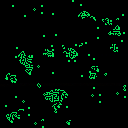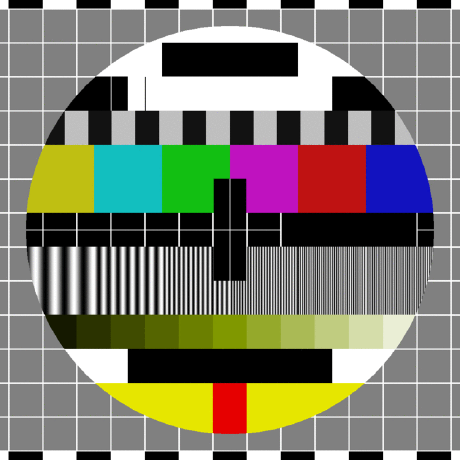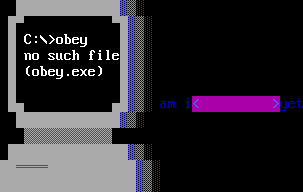I'm not 100% sure this is working correctly but it was a good first try.
-- conway's game of life
-- by ian seyler
maxinit=1400
cls()
for t=1,maxinit do
x=rnd(127)
y=rnd(127)
pset(x,y,15)
end
while(1) do
for y=0,127 do
for x=0,127 do
neigh=0
for tx=-1,1 do
for ty=-1,1 do
if(pget(x+tx,y+ty)==15) then
neigh+=1
end
end
end
if(pget(x,y)==15) then
neigh-=1
if(neigh<2 or neigh>3) then
pset(x,y,0)
end
elseif(pget(x,y)==0) then
if(neigh==3) then
pset(x,y,15)
end
end
end
end
end
|

Nice! It isn't 100% accurate since you're reading & writing to the same buffer as you loop through the pixels. This means that the update to one row affects the next one down.
To fix this you would need to buffer that row, or write to a separate buffer. I wonder if you could use the sprite memory for this?
Thanks for sharing your code :)

Ah, that makes sense. Ideally I would like to read the pixels from the screen and write new pixels to the back buffer. Then I could just call flip() and run through the screen pixels again.
How does the back buffer work? Should we be able to use it?

Well, what you could do is write all your cells to a table, then each time the table is finished, you iterate through the table and draw the cells.
But that would make the program quite a bit larger.
[Please log in to post a comment]









